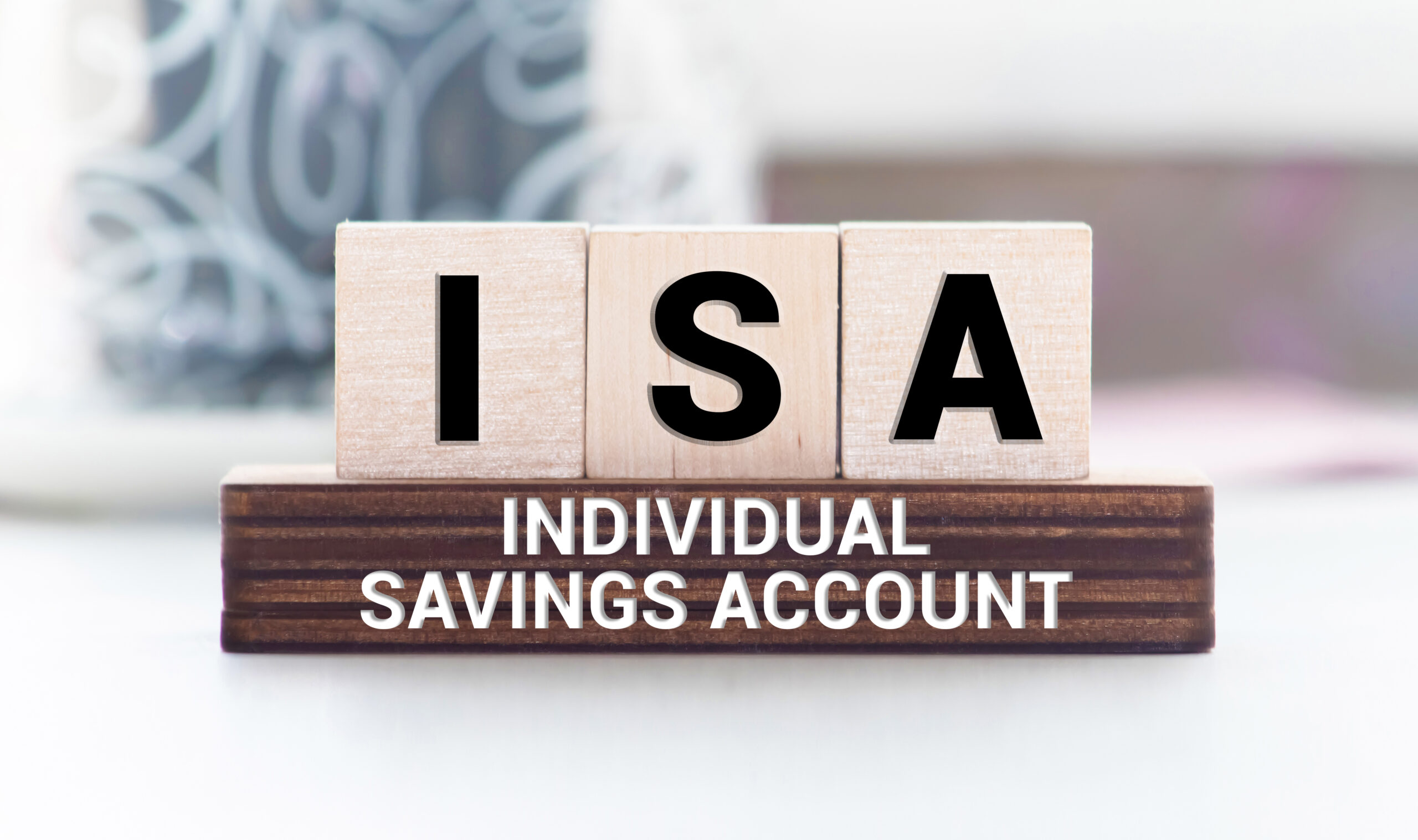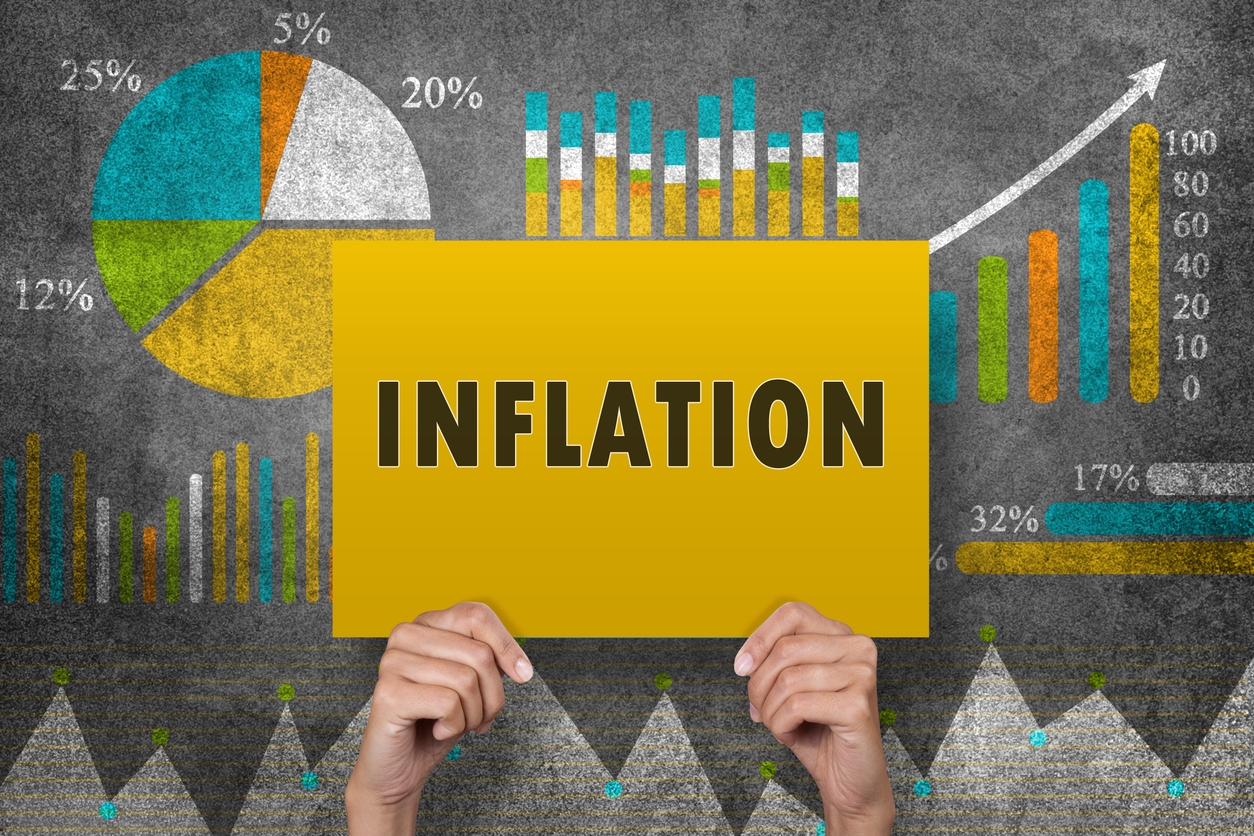
Launched as the follow-up to the Personal Equity Plan (PEP), the Individual Savings Account (ISA) has just reached its 25 year anniversary. Prior to the start of this tax year, ISA regulations have remained largely unchanged for some time. The updated ISA rules taking effect from 6th April 2024 will, however, lead to greater choice for savers and investors, further reinforcing the benefits of using your ISA allowance.
ISAs provide a tax-free wrapper in which any income earned is exempt from Income Tax, and in the case of Stocks and Shares, any gains are free from Capital Gains Tax. There are five types of ISA, with Cash ISAs and Stocks and Shares ISAs being the most well known. The Lifetime ISA and Innovative Finance ISA are less popular, and the fifth ISA, the Junior ISA, is only open to those under the age of 18. The maximum an individual can save in an ISA in any tax year is £20,000, and the subscription can be split across the different ISA types. The Junior ISA has a £9,000 subscription limit.
There is no facility to carry forward unused ISA allowances, and therefore it is important to make regular use of the allowances as they become available each tax year.
Split your ISA across providers
Until 5th April 2024, the ISA rules restricted an individual to opening just one ISA of each type in a tax year. These restrictions have now been lifted, and you can now invest in multiple ISAs of the same type, in a single tax year. For example, you could split your ISA subscription between a fixed rate Cash ISA with one bank or building society, and a variable rate Cash ISA with another institution. Similarly, you could split a subscription into a Stocks and Shares ISA across different ISA providers. The new freedom does not, however, extend to Junior ISAs or Lifetime ISAs, where the single provider per tax year limit remains.
Less restrictive transfer rules
The ISA rules on transfers have been relaxed to give investors more freedom and choice. Before 5th April, partial transfers of ISA money paid in the current tax year were not permitted – you had to transfer the whole ISA balance. You can now make a partial transfer of money that is subscribed in the same tax year. For example, you could invest £20,000 into a variable rate Cash ISA, and later in the tax year, partially transfer £10,000 of that subscription into a Fixed Rate Cash ISA.
Loophole for 16 and 17 year olds closed
The new legislation has closed the loophole that has previously allowed those aged 16 and 17 to save £29,000 tax free each year. Under the old rules, the minimum age for a Cash ISA was 16, which allowed someone aged 16 or 17 to subscribe £20,000 into a Cash ISA and £9,000 in a Junior ISA, which is open to those under the age of 18. The rules have been tightened, with only those aged 18 or over now being able to open a Cash ISA.
British ISA
Many clients have asked us for further information on the British ISA, which was announced in the Budget statement last month. The statement confirmed that the British ISA would provide individuals with an additional ISA allowance of £5,000, on top of the existing ISA allowance, which could be used to invest in UK companies. The eligibility rules for the British ISA are yet to be announced, and the Government are currently engaging in a consultation period with the industry, which is set to run until 6th June. Whilst it remains a possibility that the British ISA will become available later in the current tax year, it is far more likely that the allowance will not become available until April 2025.
NS&I Bonds
Another of the announcements in the March Budget was the latest round of National Savings & Investments (NS&I) savings bonds. The new issues have been labelled as “British Savings Bonds”, but in essence they are simply a new moniker for the Guaranteed Growth and Income Bonds. These are long established savings products, where all income earned is taxable.
The new issues do not offer anywhere near the market leading rate of interest offered on the last round of Bonds, which were only available for a short period last Autumn. The new British Bond issues are both fixed for a 3 year term, and the interest rate payable (4.15% per annum on the Growth Bond and 4.07% per annum on the Income Bond) is uncompetitive when compared with similar fixed rate bonds offered by Banks and Building Societies. The only real positive factor to consider is that the products are backed by the Treasury and therefore offer greater protection than the standard £85,000 Financial Services Compensation Scheme (FSCS) protection limit.
Time to review existing savings
With the new tax year upon us, we feel this would be an ideal time to reassess your existing savings arrangements. Cash interest rates have been higher over the last 12 months than they have been for some time, although we expect that UK base interest rates will begin to fall later this year. As a result, it may be a good time to consider the level of savings you hold and whether surplus savings could be more productively invested in other assets, such as Equities or Corporate Bonds. Speak to one of our independent advisers to carry out an assessment of your existing cash savings, and to make sure you are making best use of your ISA allowance.










